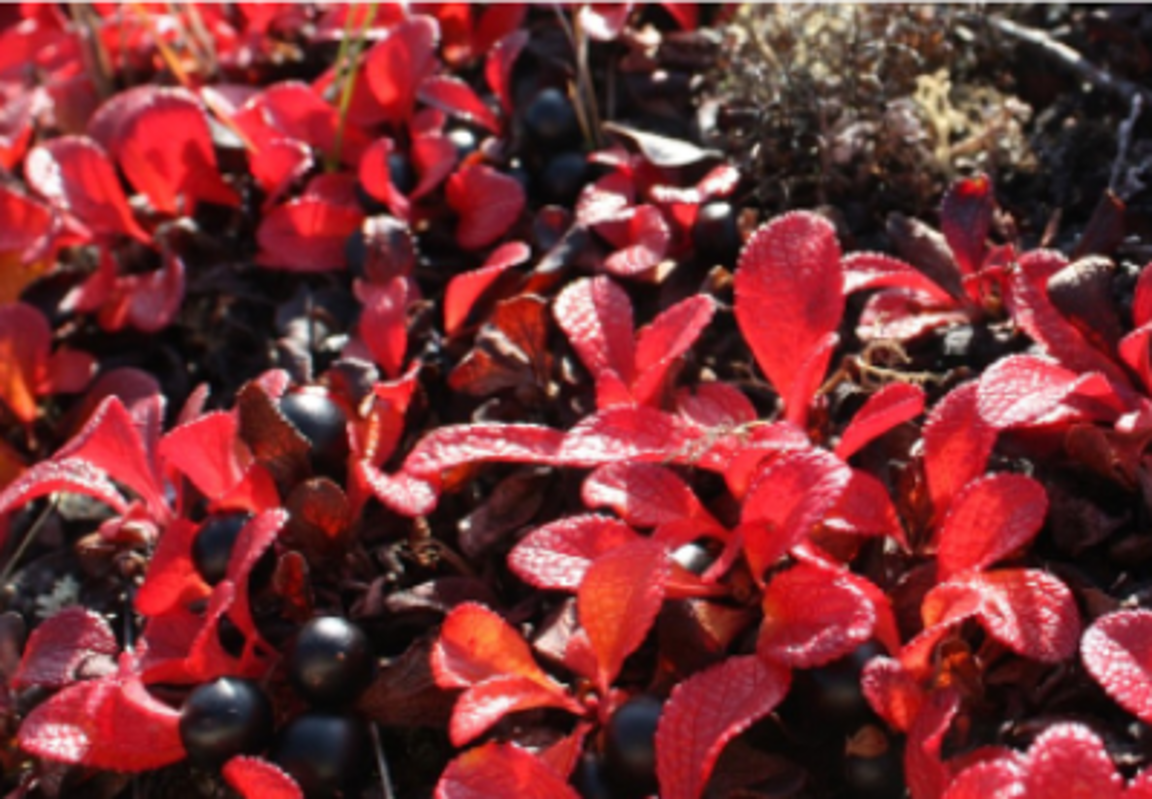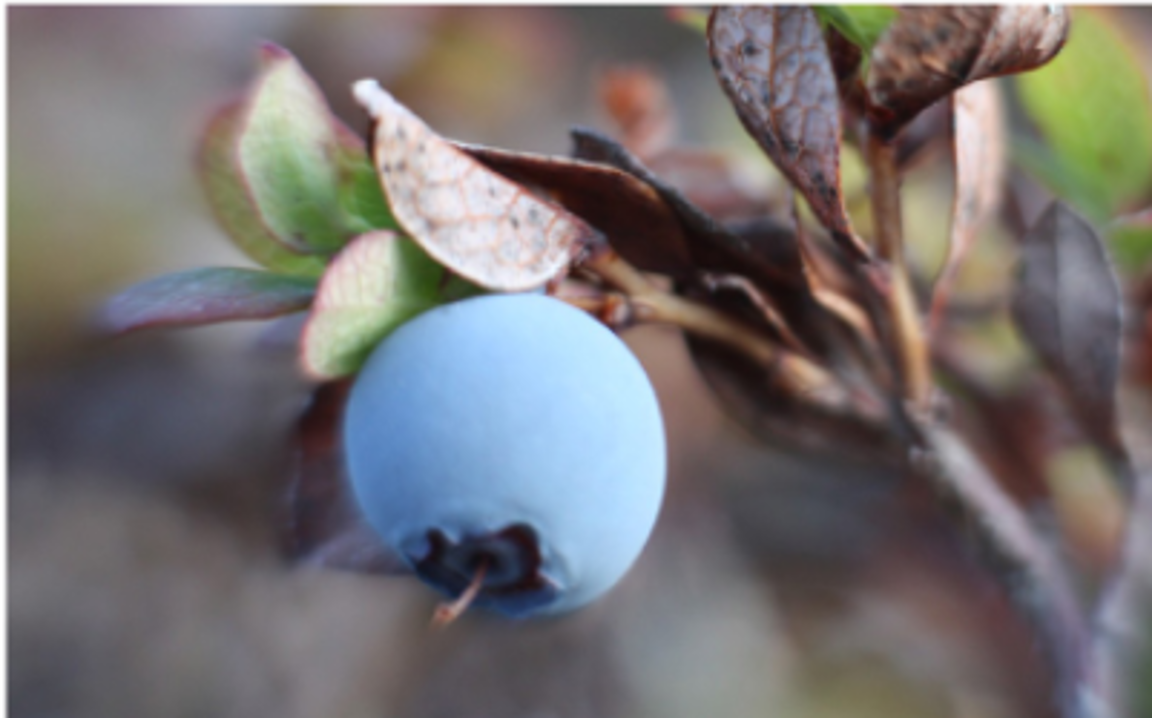Mapping Berries and Traditions Across the NWT
August 18, 2025

Berries play an essential role in the cultural, nutritional, and ecological fabric of the Northwest Territories (NWT). They are not only a key seasonal food source but also deeply tied to community traditions, land stewardship, and well-being. In hopes of recognizing their importance, the Indigenous Knowledge of Berries in the Northwest Territories project set out to document this knowledge and provide a baseline for monitoring future environmental change.
Conducted between 2023 and 2025, the project was a collaborative effort involving Indigenous knowledge holders, researchers, co-management agencies, renewable resource councils, and government partners. Guided by an advisory committee of Elders and community experts, the research documented where berry species grow, how they are traditionally harvested and used, and what changes or threats may affect their availability in the future.
The resulting guide - entitled "Guide to the Berries of the Northwest Territories" - combines Indigenous knowledge with scientific research to offer comprehensive information on commonly harvested, lesser-known, and even poisonous berries. It includes identification details, traditional names, range maps, and cultural uses, while emphasizing respectful harvesting practices to ensure sustainability for future generations.
This work addresses an important gap in northern food security and ecological monitoring. By weaving together cultural knowledge and scientific baselines, the guide provides a resource for communities, educators, and policymakers alike—helping to strengthen cultural continuity while supporting adaptation to a changing climate.

UVic Geography’s Role:
Researchers from the University of Victoria’s Department of Geography, including Noémie Boulanger-Lapointe and Megan Francisco, contributed to this project through collaboration with Indigenous communities and northern partners. This contribution aligns with UVic Geography’s commitment to community-engaged research and advancing sustainability in northern environments.
Read the full guide and learn more about the project [link].
